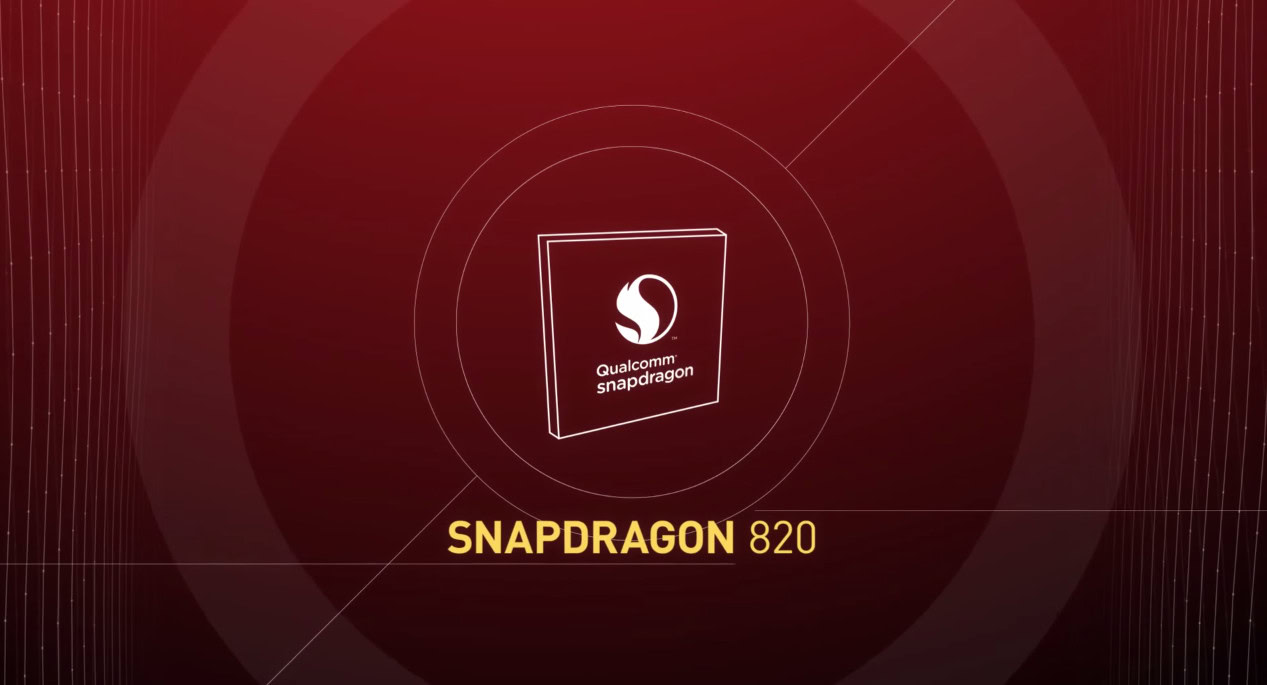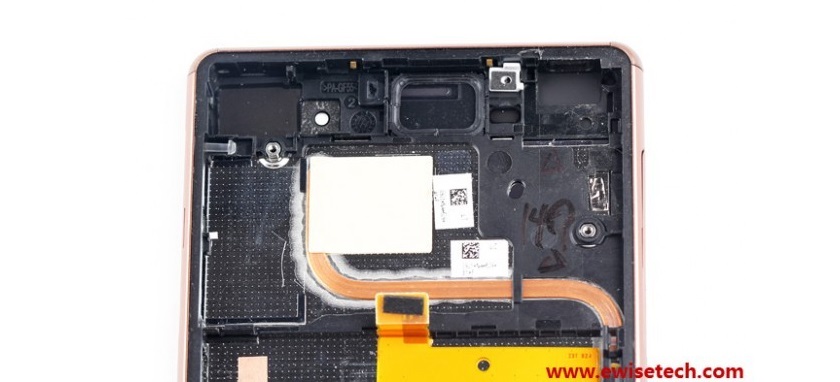Affiliate links on Android Authority may earn us a commission. Learn more.
Opinion: Let's stop the overheating madness

I’m sure you are all familiar with the Snapdragon 810 overheating saga that has dominated mobile processor talk this year. Well, a recent report from BusinessKorea, which making its way around the tech news sphere, is now hinting at similar issues for Qualcomm’s upcoming Snapdragon 820 SoC. However I really don’t think that this is something that anyone should be so concerned about, at least not yet. Allow me to explain why.
Before we begin I should summarise the report, which cites anonymous industry sources. Apparently, Samsung is making efforts to “stabilize” the Qualcomm Snapdragon 820 that will feature in the company’s upcoming Galaxy S7 flagship. The story goes that Samsung will patch the “microprocessor control program” within the month to help control the heat coming off the chip and might also consider implementing a “radiating pipe”.

For starters, the microprocessor control program is in charge of things like core and thermal management of the SoC, including gating and clock speed. Developers should attempt to optimize a chip for their particular product, to balance performance against thermal and power limits. It’s not irregular for Samsung to be making adjustments as it moves from a developer environment into product testing. Remember, we aren’t even talking about a finished item yet.
The second part about possibly using a radiating pipe shouldn’t cause alarm bells to ring either. For starters, it’s just speculation. Secondly, devices back in the Snapdragon 801 days sometimes made use of copper pipes to help move heat away from the SoC, but I don’t recall people kicking up a major fuss about “overheating” issues back then. If it keeps the phone cool, then surely it’s the right call?

Even if this story turns out to be true, it’s not exactly an indication of any major problems with the Snapdragon 820 anyway. But perhaps more importantly, neither the Snapdragon 820 nor the Galaxy S7 have been released, let alone tested by any verifiable source. If the Snapdragon 810 taught us anything, it’s that implying that an unfinished product is “overheating” is pretty irresponsible.
The fact of the matter is, if consumers and pundits want more processing power packed into a tiny form factor, they are going to have to accept that these chips are going to produce some level of heat. The Snapdragon 820 is boasting notable gains in CPU, DSP and GPU performance over the 810, and even bigger gains over the chips from just a couple of years ago. Simply put, high-end processors will produce heat and attempting to manage this is in no way indicative of an unexpected issue or overheating problem.
While an overly hot device can of course cause problems, the correct management of the inevitable heat is all part of sensible and prudent product design. Perhaps we should wait until the actual phone arrives in our hands before getting worked up about heat issues once again?